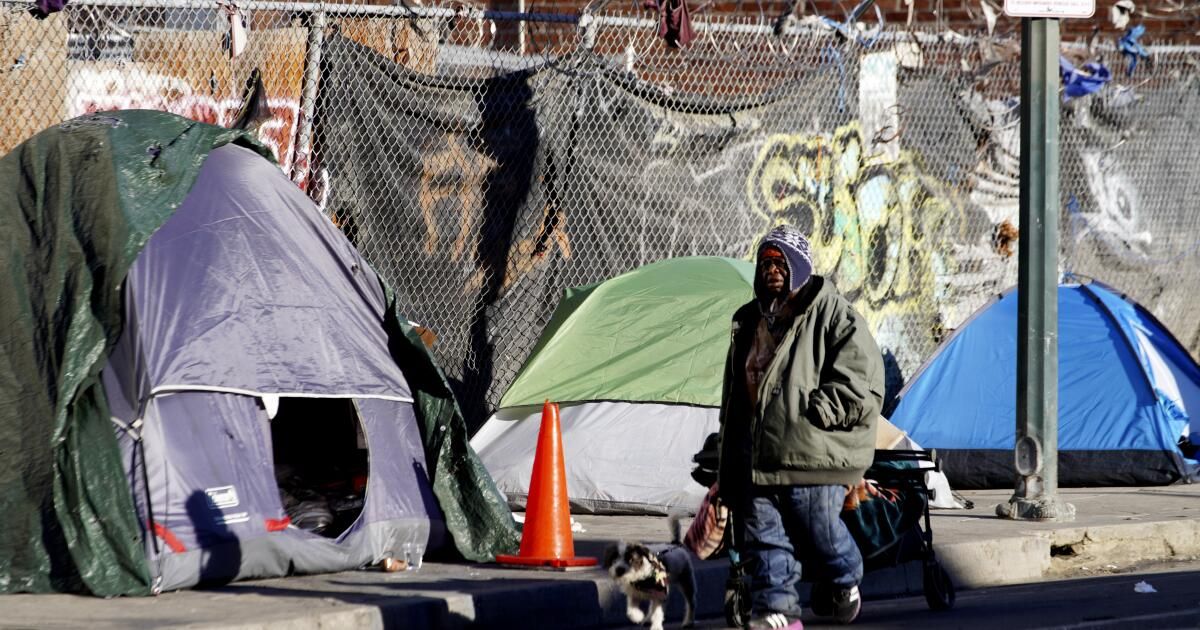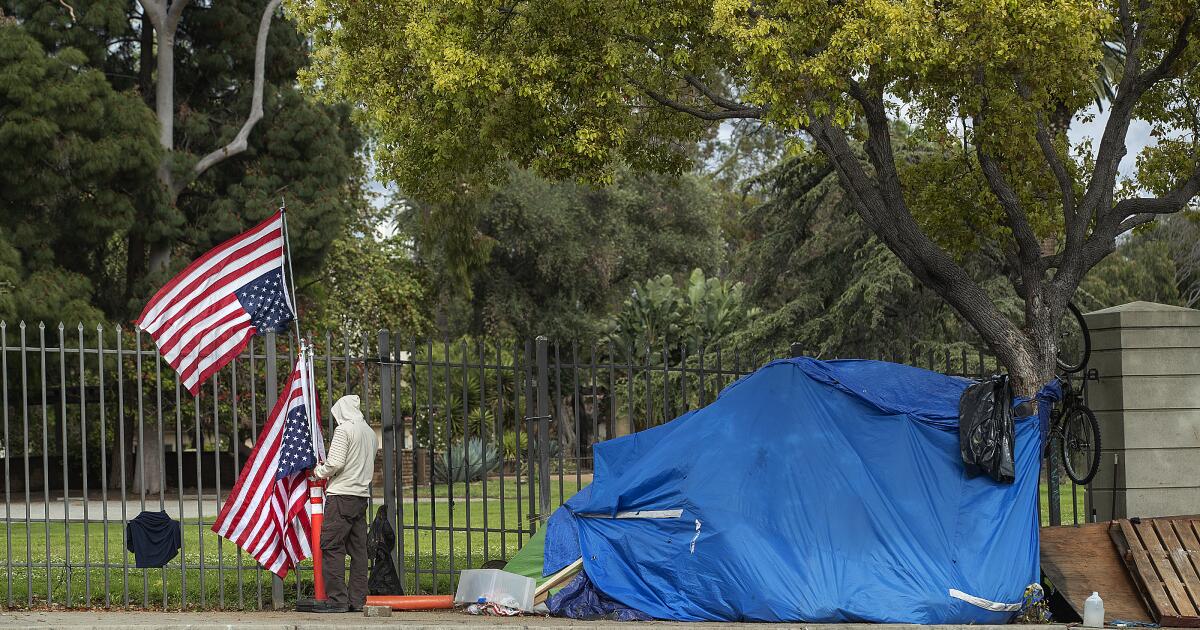Any homelessness is worrying. But there is something particularly disturbing about seniors (50 and older) becoming homeless after decades of lives filled with homes and jobs, facing the need to spend their final years on a sidewalk. However, the number of homeless seniors is increasing across the country. The share of homeless people aged 65 and older in the US is expected to triple between 2017 and 2030. Researchers believe the homeless population aged 55 and older in Los Angeles County will peak at 36,045 in 2025.
A new study, “Toward Dignity: Understanding Older Homelessness,” conducted by the Benioff Initiative on Homelessness and Housing at the University of California, San Francisco, took an in-depth look at the aging homeless population in California.
Overall, 48% of California's homeless single adult population is age 50 or older, and 41% of those older adults became homeless for the first time after turning 50. They live mostly without shelter: in sidewalk encampments, abandoned buildings, vehicles or anywhere. They can be used as a makeshift shelter. They are often in poor health and have physically aged beyond their years. “We are talking about frail older adults. That's what's out there,” says Dr. Margot Kushel, the study's principal investigator.
This study gives us some insight into why these numbers have increased, but ultimately should serve as a wake-up call to all Californians planning to age. If we don't start building affordable housing at a significant pace, more people of all ages will lose their homes.
The report is based on information researchers collected for the California State Homeless Study released in 2023. Working with statisticians, researchers chose eight regions in California, including Los Angeles County, to capture a population of homeless people. geographically and culturally diverse and representative home of the state.
Researchers interviewed 3,200 people from shelters and encampments over 13 months in 2021 and 2022, using suggestions from homeless and formerly homeless people about ways to ask questions that would elicit honest responses.
So why are more and more older people experiencing homelessness?
The study's authors conclude that it is, at least in part, a result of when they were born. The latest baby boomers (born between 1955 and 1964) came of age during difficult economic times with lower wages, high unemployment, and limited retirement opportunities. At the same time, federal support for affordable housing was declining and the social safety net was being dismantled.
Additionally, it was a time of mass incarceration, as a result of the punitive war on drugs, which particularly affected black men. And blacks make up 31% of the elderly homeless population, while they are just 6% of Californians age 50 and older. These factors contributed to increased risks of homelessness in this cohort, the study authors say.
Even having a job did not protect this population, the study found. Most of those who became homeless at age 50 or older had worked full-time before becoming homeless, although many had worked in low-paying, physically exhausting jobs and never achieved financial security. Illness, job loss, divorce, or other setback often led to homelessness.
For all of them, housing had been precarious from the beginning: 46% of homeless seniors did not have a rental contract or own a home, and lived with family or friends. And here's a scary fact for anyone who isn't in a relationship: being single is a risk factor. Among the homeless seniors interviewed for the study, 52% had never been married. Another 27% were divorced or separated. Four percent were widowed. Only 17% were married or in a relationship. Although it is unclear how many of the study subjects were divorced, separated, or widowed before becoming homeless, people mentioned in in-depth interviews how a lack of social support and marriage breakdown contributed to their homelessness.
Once homeless, it is difficult to find housing. The study estimates that California has only 24 housing units for every 100 extremely low-income people, “resulting in a shortage of nearly 1,000,000 affordable housing units.”
What can solve this? Not surprisingly, the solutions for homeless seniors are the same as for all homeless people: build more affordable housing, including subsidized units and with supportive services for people who need them. They also need prevention services, particularly rent subsidies. Many people in the study said a monthly subsidy of between $300 and $500 would have prevented homelessness.
But the study also validated the need to reach people who are on the verge of homelessness. Few of the people in the study said they sought help before losing their housing, although most regularly saw health care providers. It would be helpful if healthcare providers had more information for older patients about the services they can access.
The information collected by this study simply underscores what we already know: local and state leaders must act urgently to build more permanent housing. Seniors who are homeless, in poor health and unable to work are running out of time.












